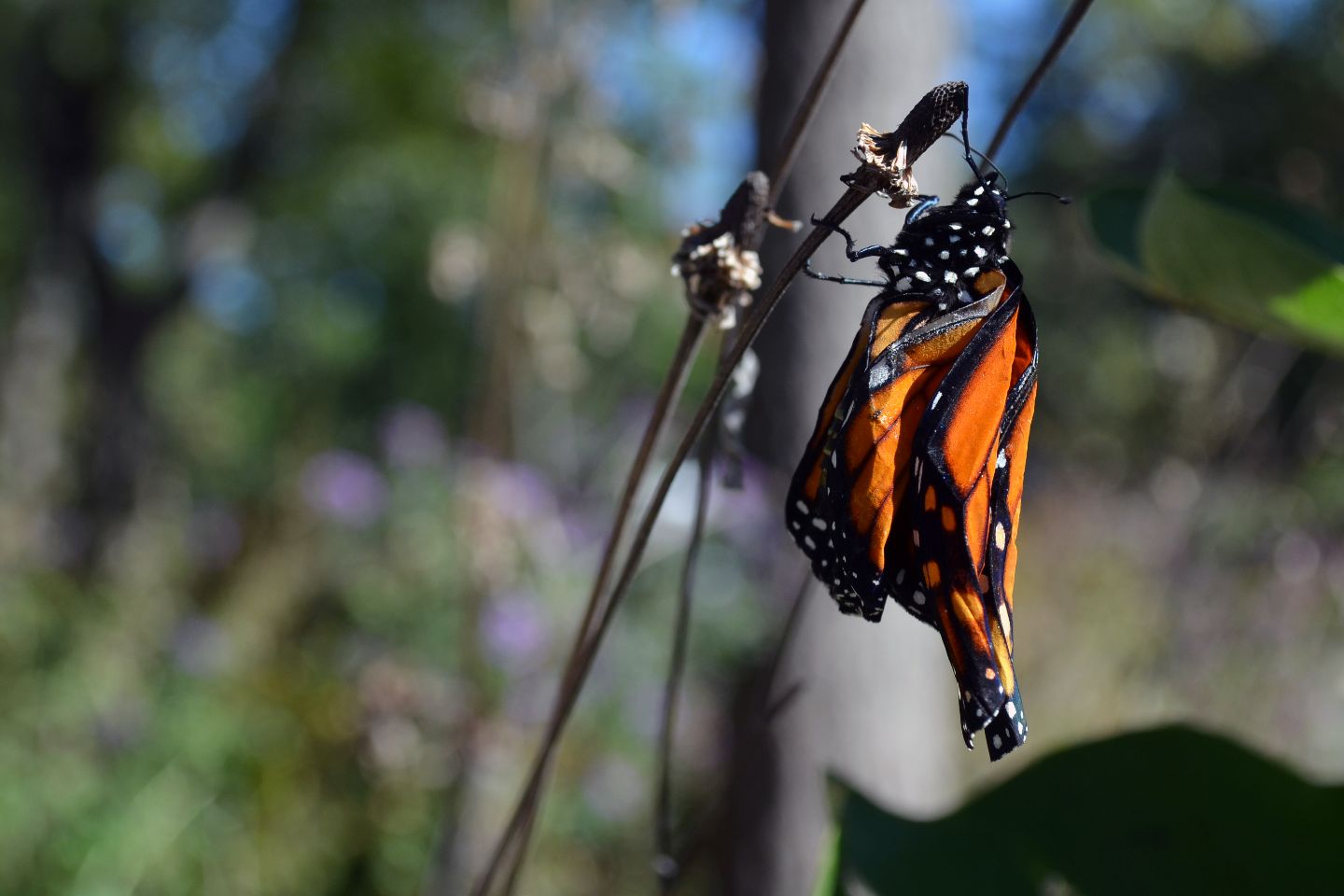Implications for Monarch Butterflies
Physical Impact
Infected butterflies often suffer from debilitating conditions such as deformed wings, difficulty in flying, and shortened lifespans. The severity of the symptoms varies depending on the level of infection.
Population Decline
O.E. contributes to the decline of Monarch butterfly populations by reducing their reproductive success and overall vitality. This decline has ecological ramifications, affecting pollination and the larger food web.
Migration Patterns
O.E.-infected Monarchs are less likely to complete their arduous migratory journeys, which has implications for the butterfly populations in both their wintering and breeding grounds.
DIY Testing for O.E.
If you’re interested in testing for O.E. and have access to a microscope, here’s how you can do it.
Big Picture
You need to gather scales and look at them under a microscope to see if they are covered with O.E. spores, which are much smaller than the scales, which are very small.
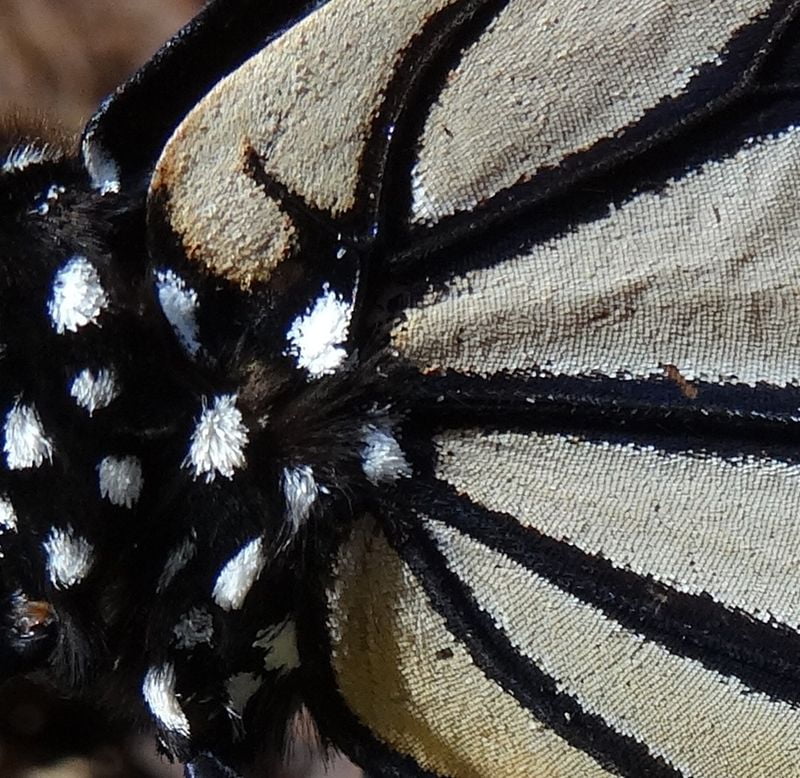
The size of a scale on a Monarch butterfly’s wing can vary, but they are generally quite small. Scales are typically around 0.1 to 0.5 mm in length. In inches, this would be approximately 0.004 to 0.02 inches. These tiny scales overlap like shingles on a roof, giving the butterfly’s wings their characteristic color and pattern.
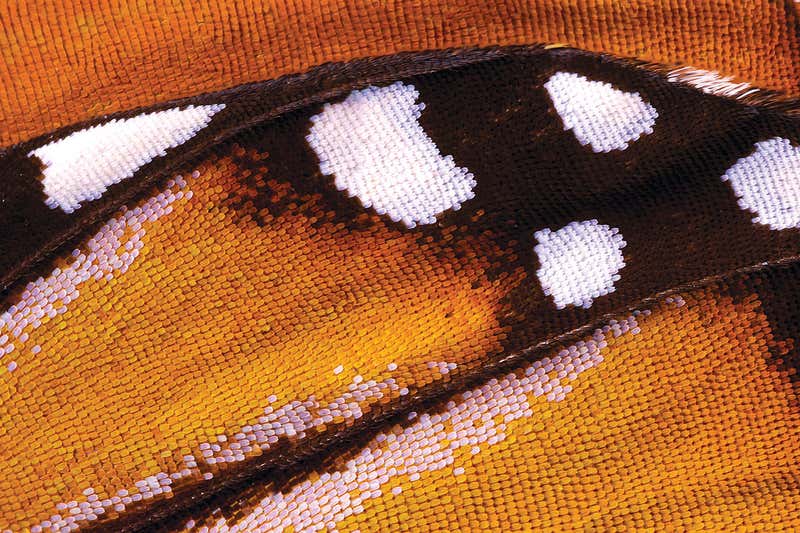
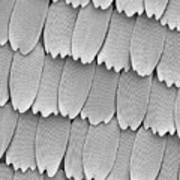
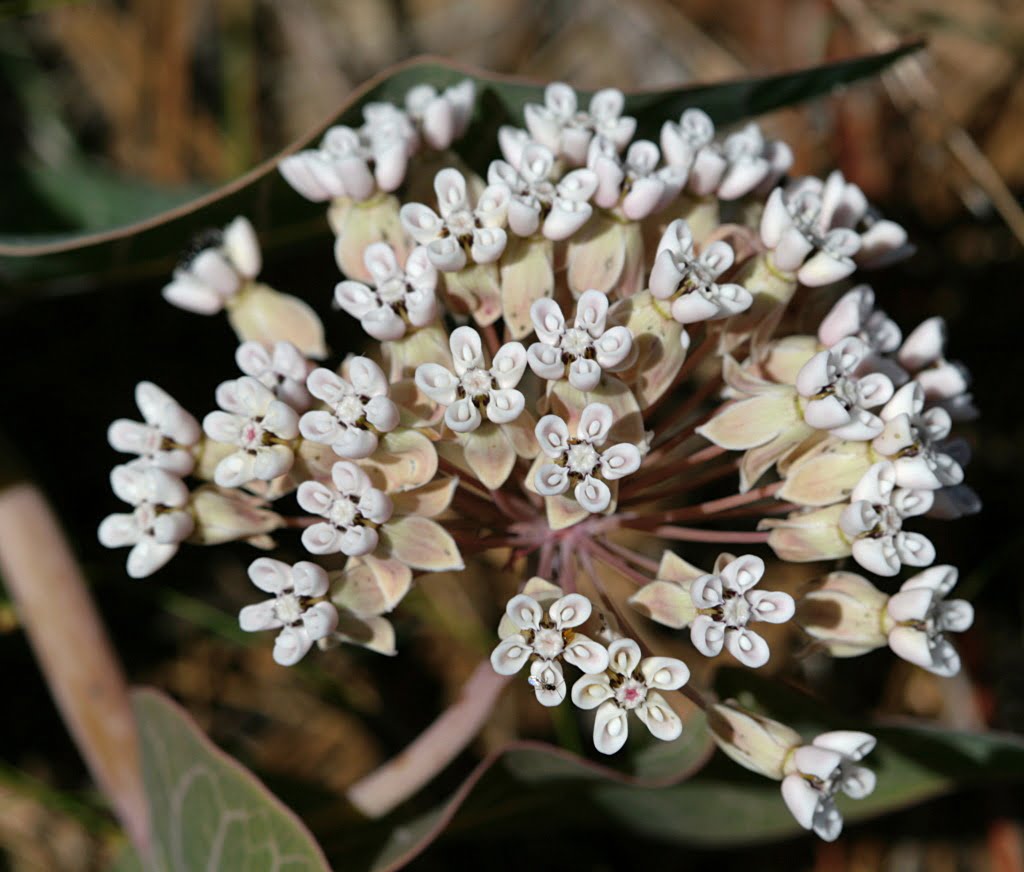
10 Sandhill Milkweed Seeds Ascslepias Humistrata Pinewood Milkweed Florida-Native
With Johnny Butterflyseed’s Sandhill Milkweed seeds, you’re not just planting flowers; you’re cultivating a living mosaic of nature’s marvels. 10+ Florida Native seeds.
